Table of Contents
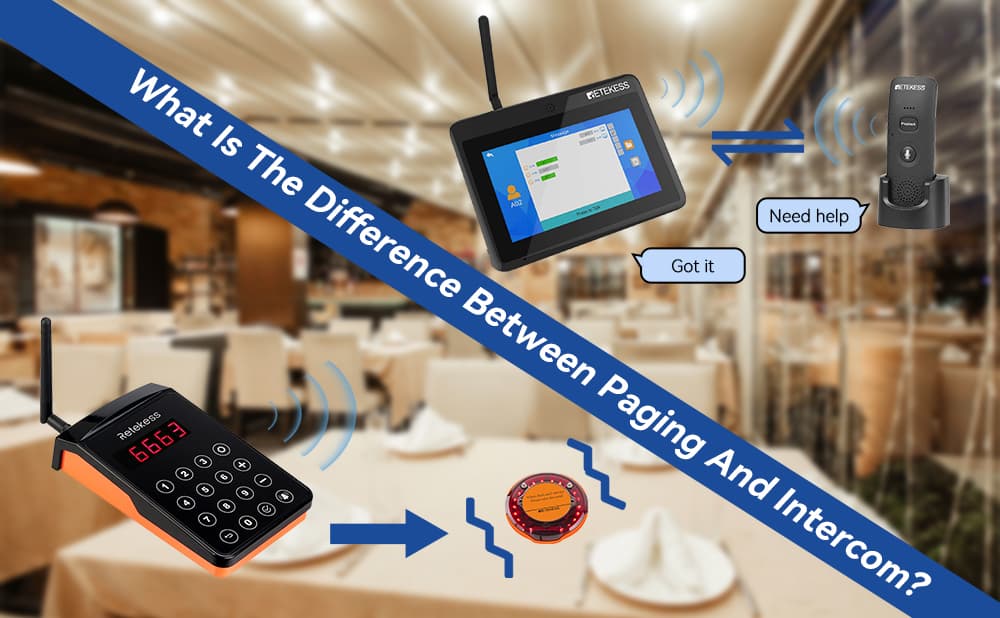
What Is The Difference Between Paging And Intercom?
- Kathy
- Jul 19, 2023
- 0 Comments
Communication is a crucial part of any organization. Efficient and effective communication within a workplace can greatly impact productivity, collaboration, and overall efficiency. Paging and intercom systems are two popular methods used to communicate within a workplace. While they might seem similar on the surface, there are distinct differences between the two. In this blog, we will explore the main differences between paging and intercom systems.
What Is A Paging System?
Paging systems, also known as restaurant buzzer systems, are commonly found in large buildings, such as restaurants, hospitals, hotels, and warehouses. They are designed for one-directional communication, with the ability to send messages to a large group of people in a specific area. The primary purpose of a paging system is to deliver notifications. These systems typically consist of a central control transmitter keypad and several extension pagers. With watreproof and long-range features, TD156 pager system became the most popular model. During Retekess 15th Anniversary Promotion, TD156 and other multi-function pager systems are at the lowest price in 2023. Hurry up if you need one!
Features Of Two-way Intercom Systems
The key advantage of paging systems is their ability to reach a wide audience simultaneously. They are useful in emergency situations where time is of the essence and information needs to be quickly disseminated. For example, in the event of a fire or a security breach, a paging system can be used to evacuate the building or notify the appropriate authorities.
On the other hand, intercom systems are more versatile and interactive. They allow for two-way communication between multiple locations within a building or between different buildings. Unlike paging systems, intercoms are not limited to delivering mass announcements. Instead, they facilitate conversations and discussions between individuals or groups in real-time.
Intercom systems are particularly valuable in environments where direct and immediate communication is essential. For instance, in a restaurant, staff and customers in the private room can use intercoms to communicate with each other and improve service effeciency. Similarly, in club or bar, intercom pagers can be used to call someone to a specific location or broadcast urgent messages.
Intercom systems offer more flexibility compared to paging systems. They can be integrated with other communication tools, such as telephones and video conferencing systems, to enhance collaboration and facilitate efficient communication. Intercoms often have features like call forwarding, call transfer, and multiple channel options, allowing users to easily connect with the desired recipient or group.
Endnote
To sum up, while both paging and intercom systems are used for communication within a workplace, they have significant differences. Paging systems are primarily designed for one-way communication and are suitable for managing orders in the restaurants. Meanwhile, intercom systems enable two-way communication between different locations and offer more versatility in connecting individuals or groups for immediate conversations.
Understanding these differences can help organizations choose the appropriate communication system that aligns with their specific needs and improves overall efficiency. Whether you opt for a paging system to convey important information across your premises promptly or prefer an intercom system to foster direct, two-way communication among your teams, Retekess offers a wide range of communication solutions to cater to the unique requirements of your business.

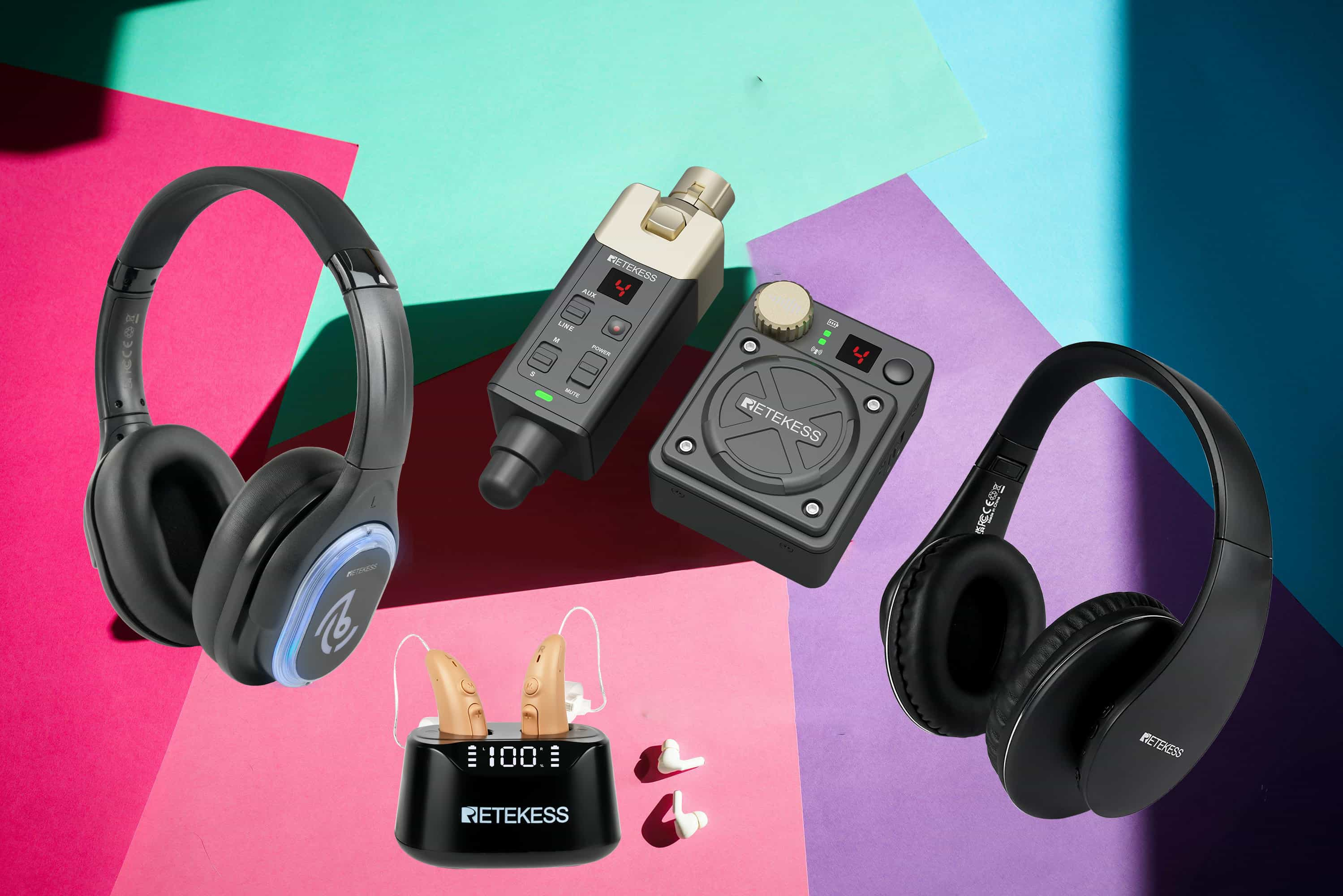
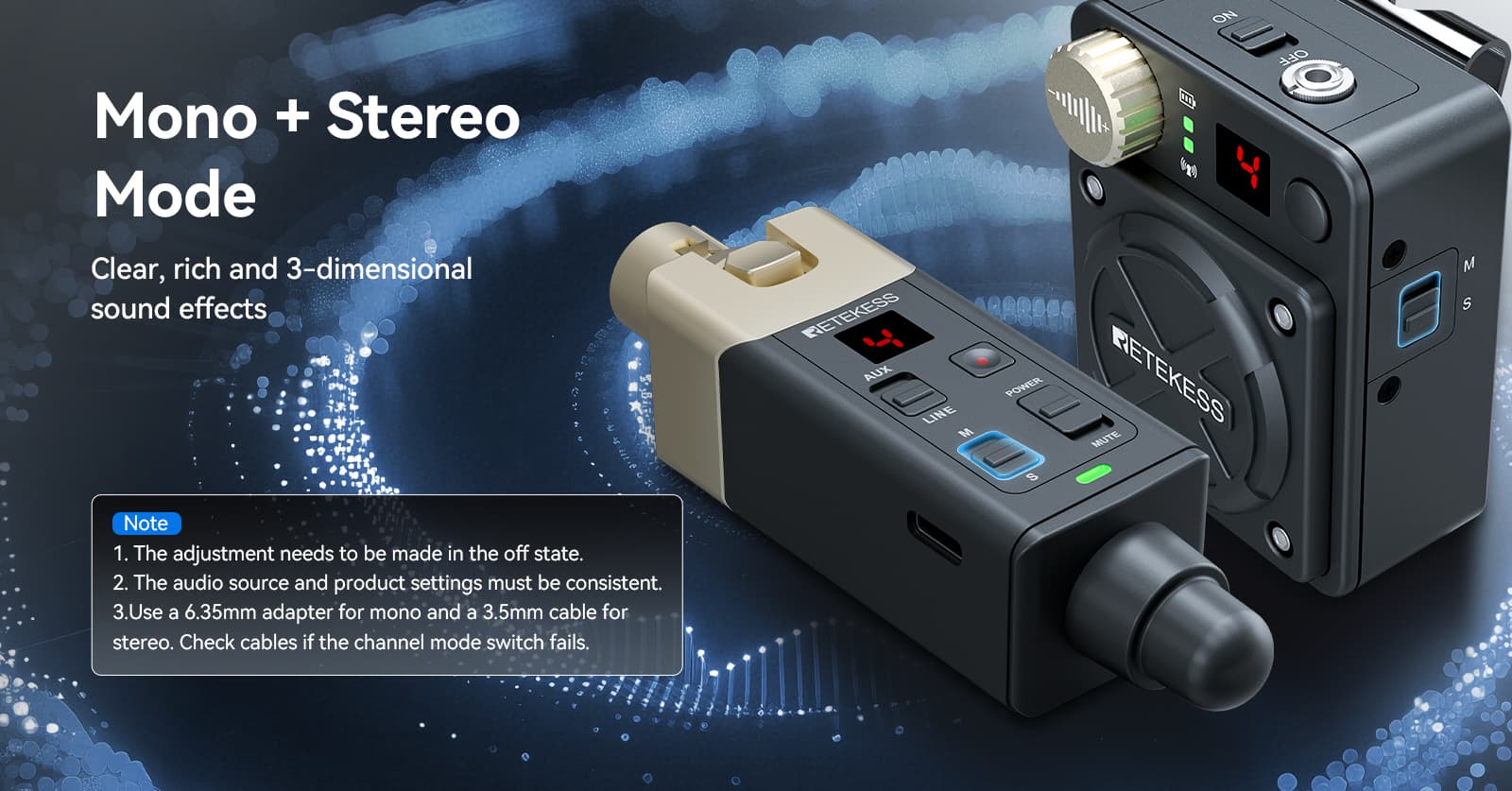

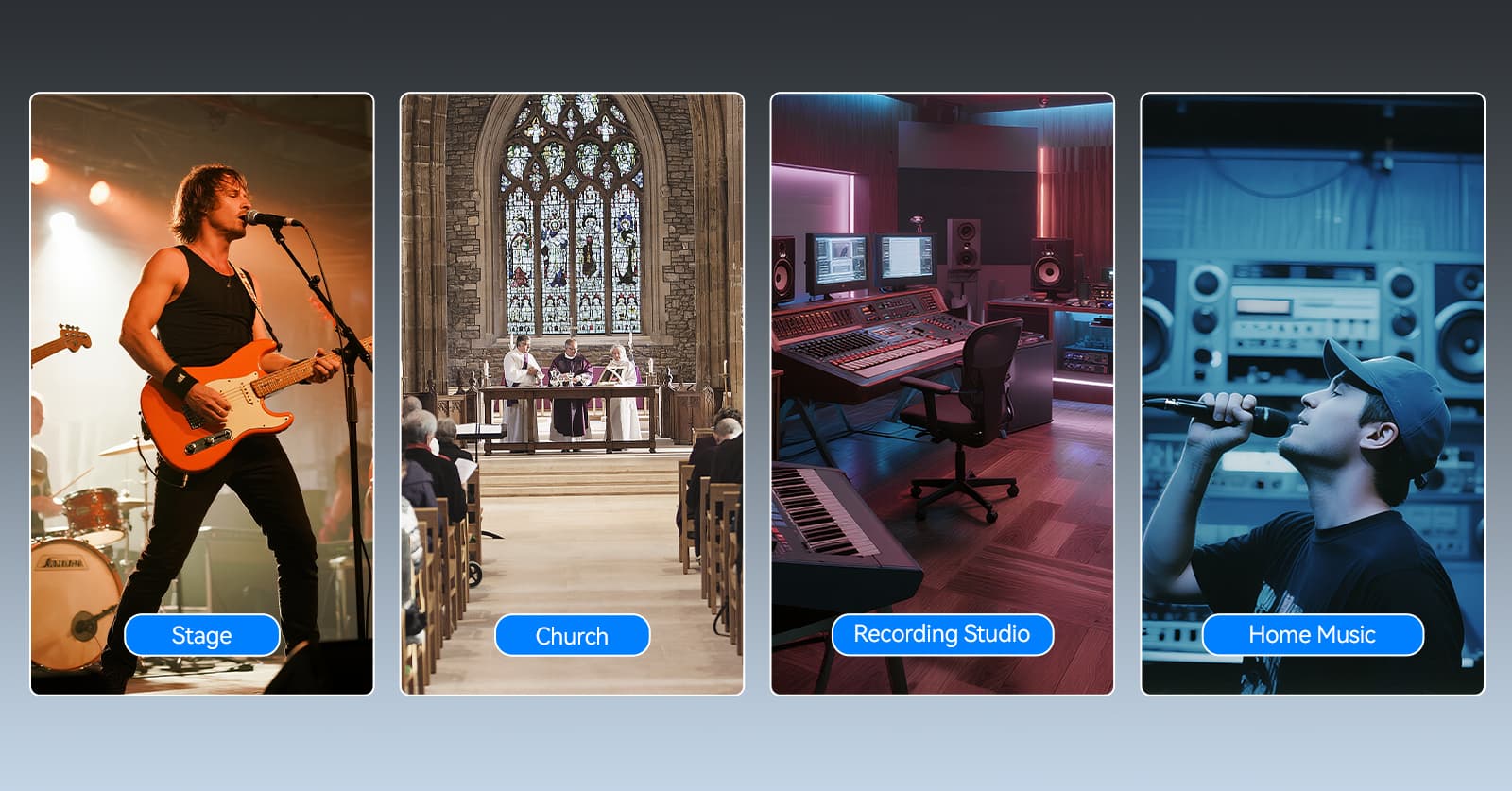
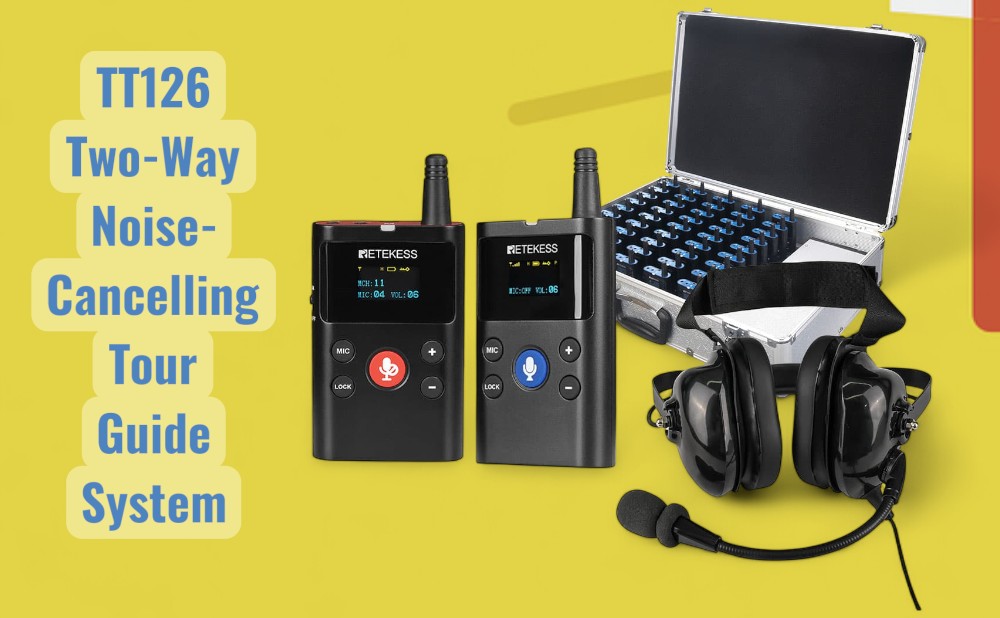
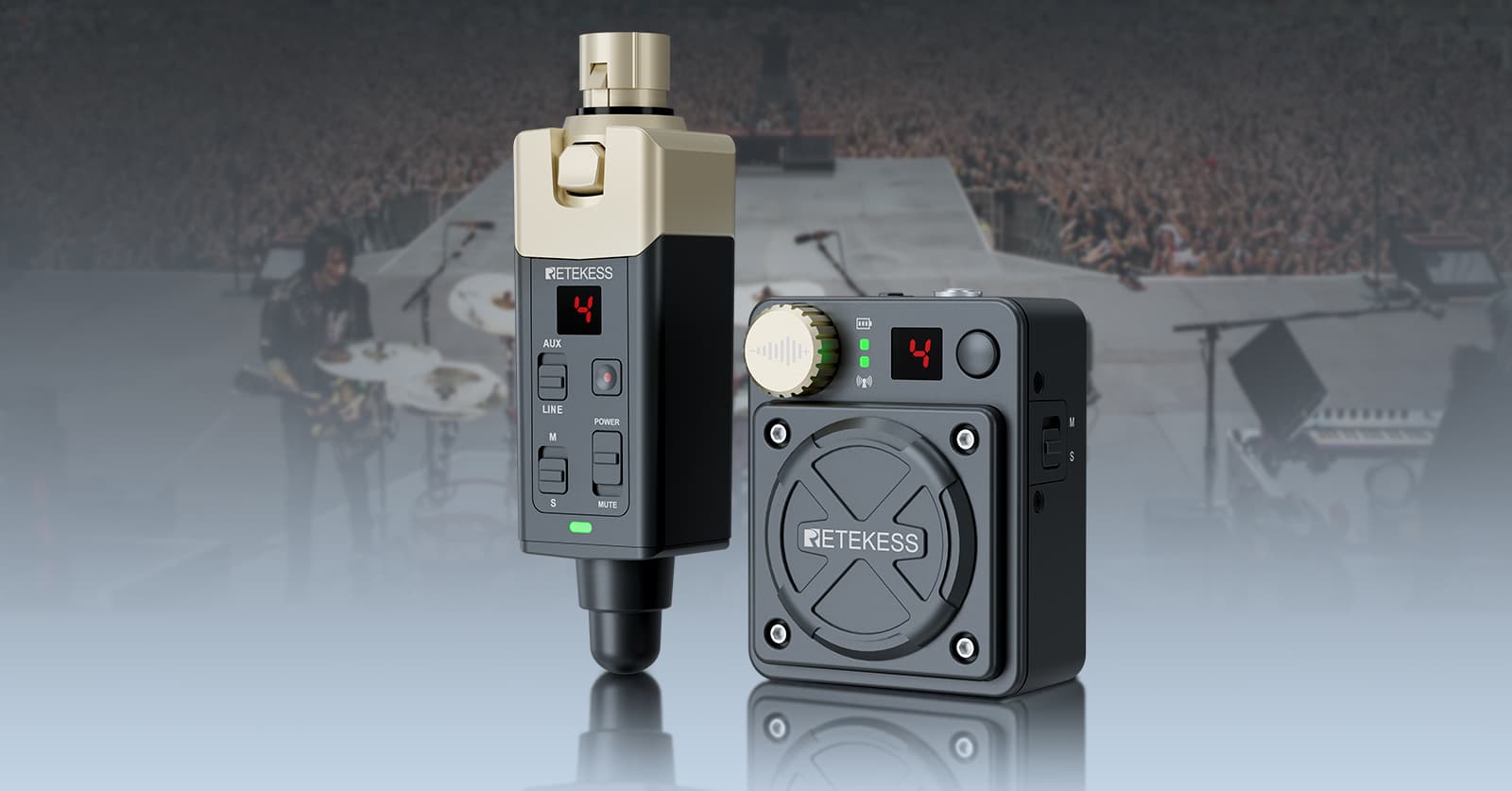



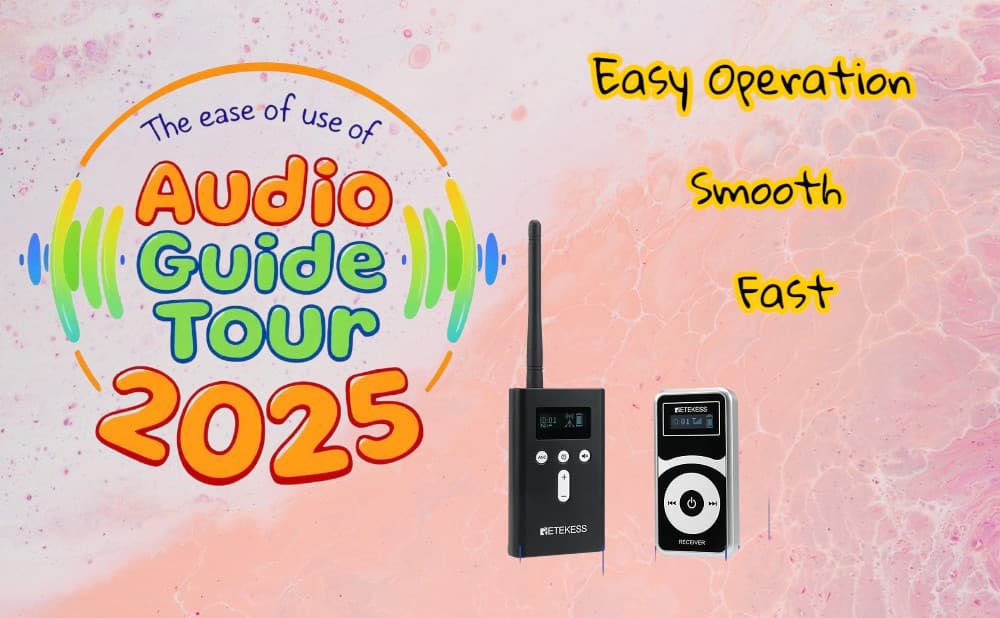
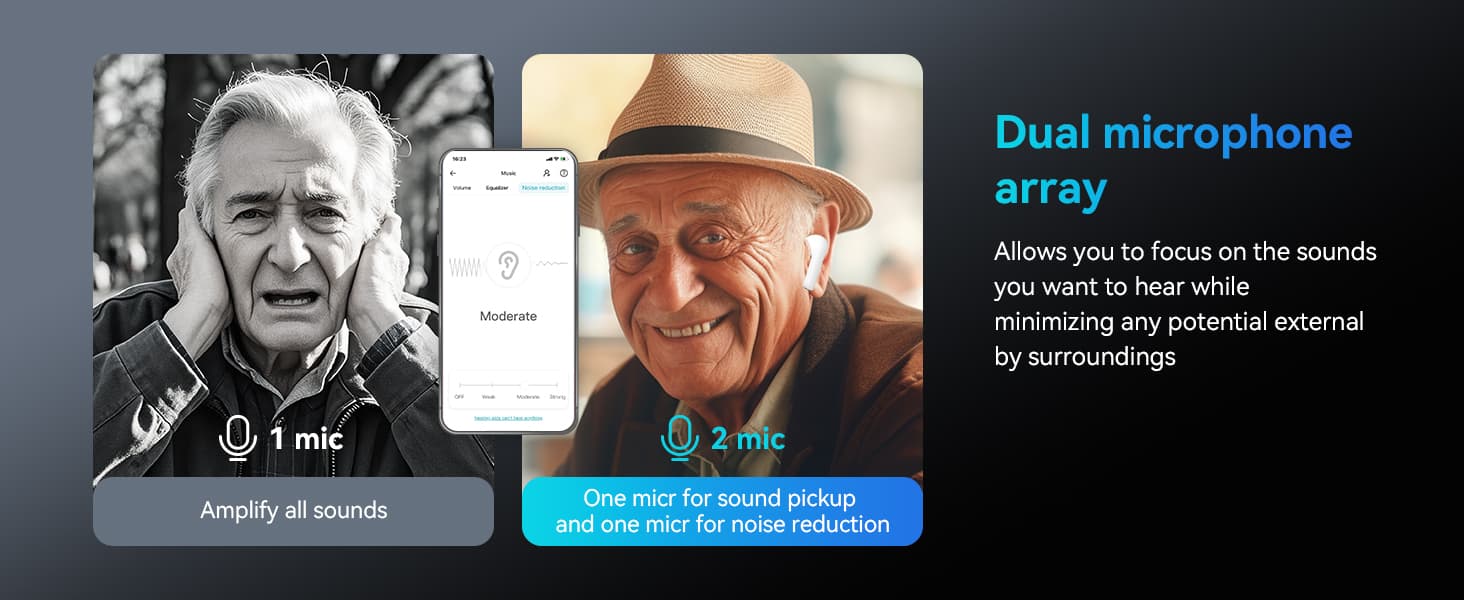
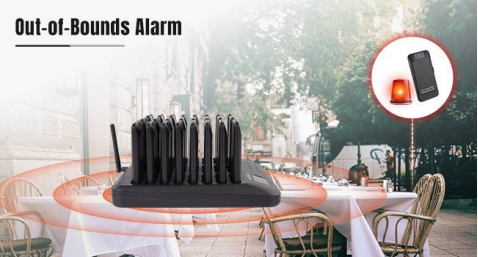


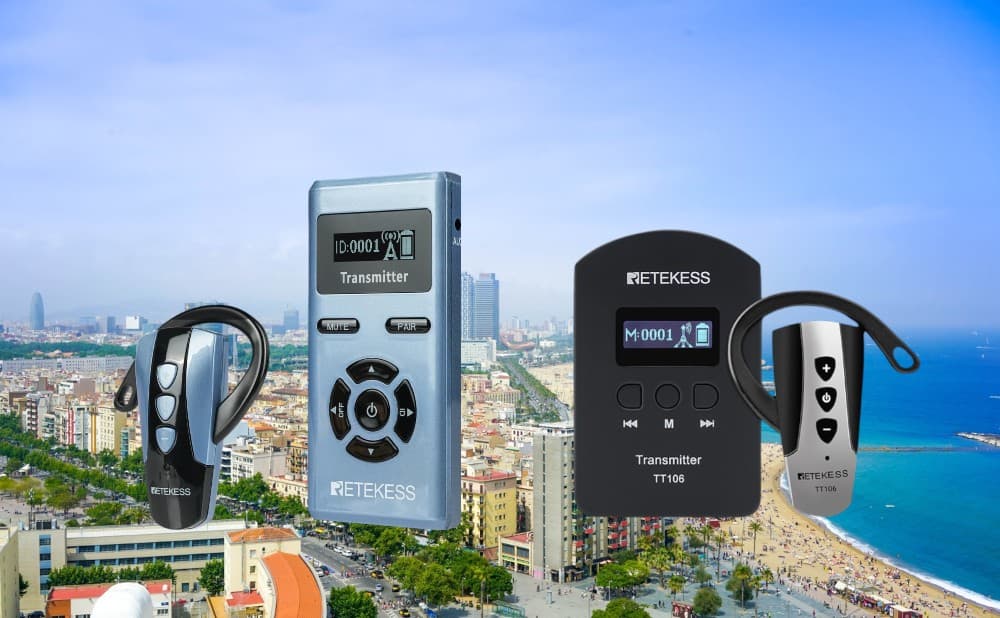
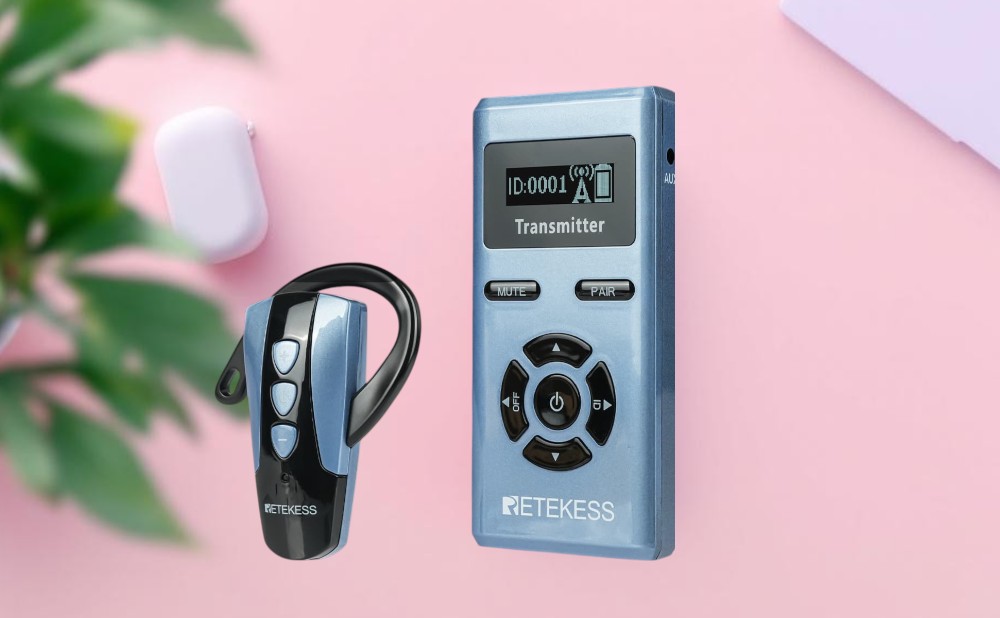





Comments (0)